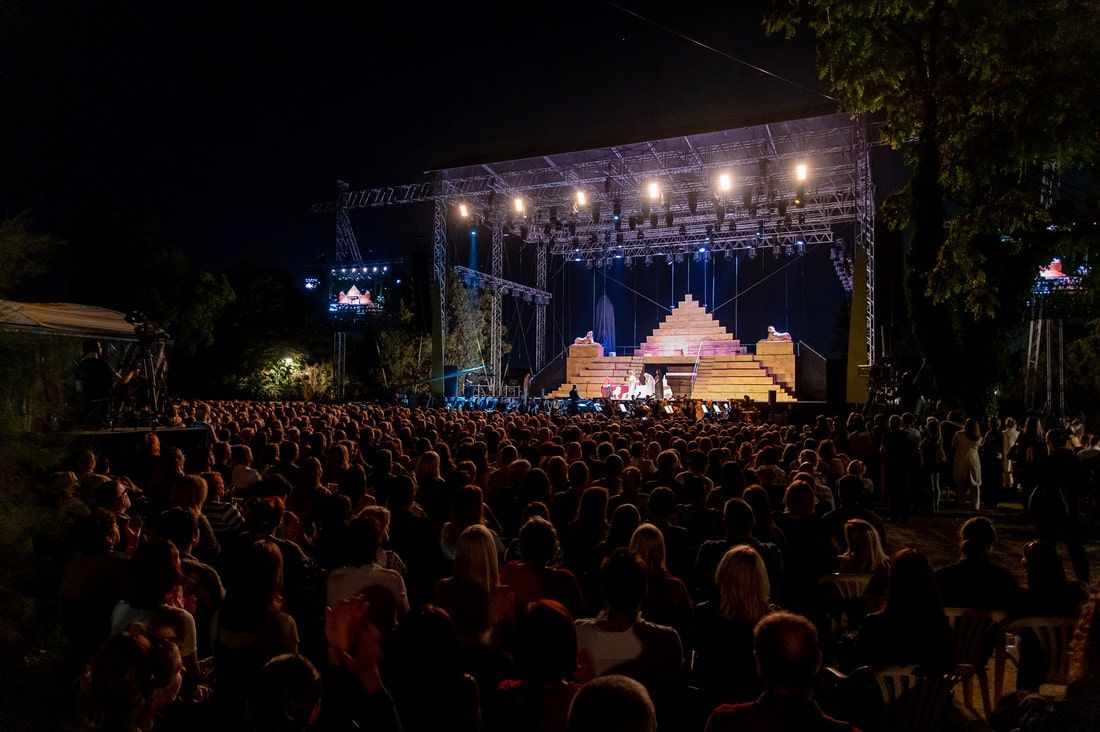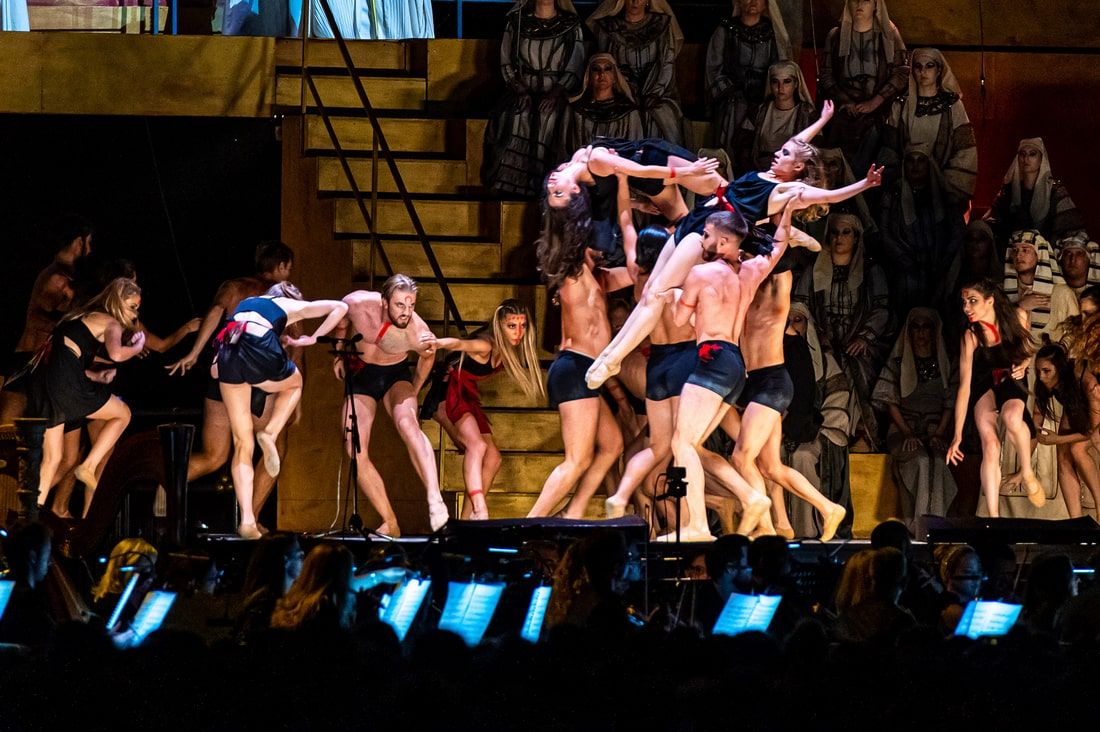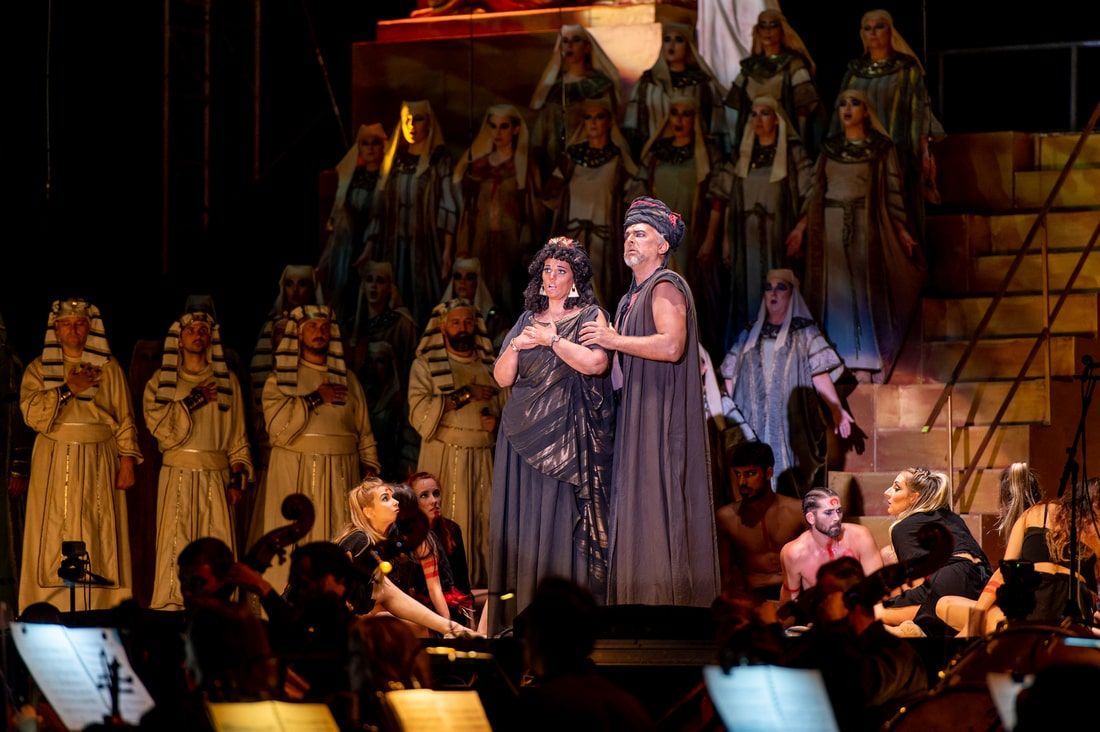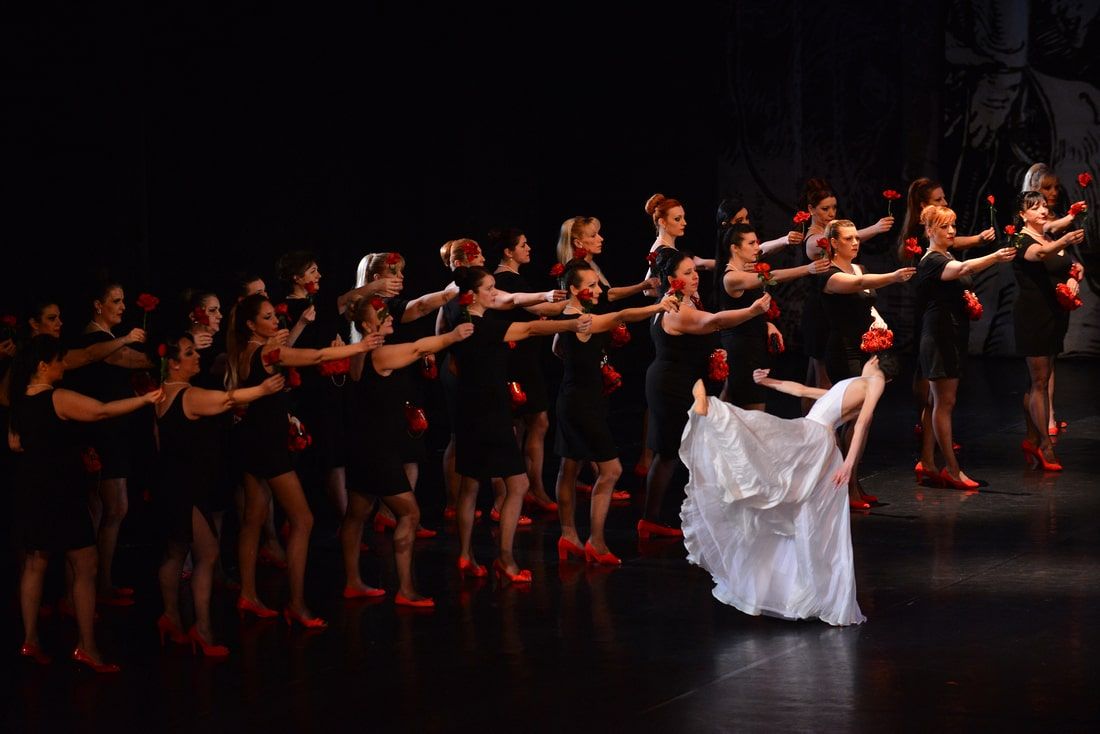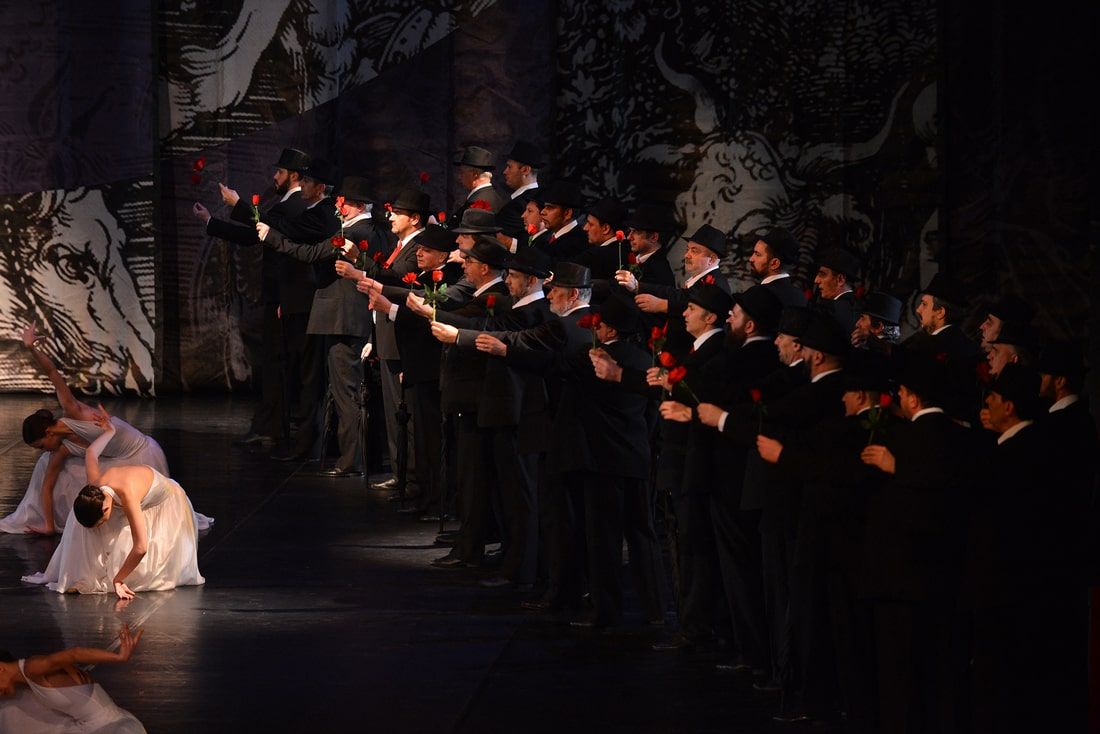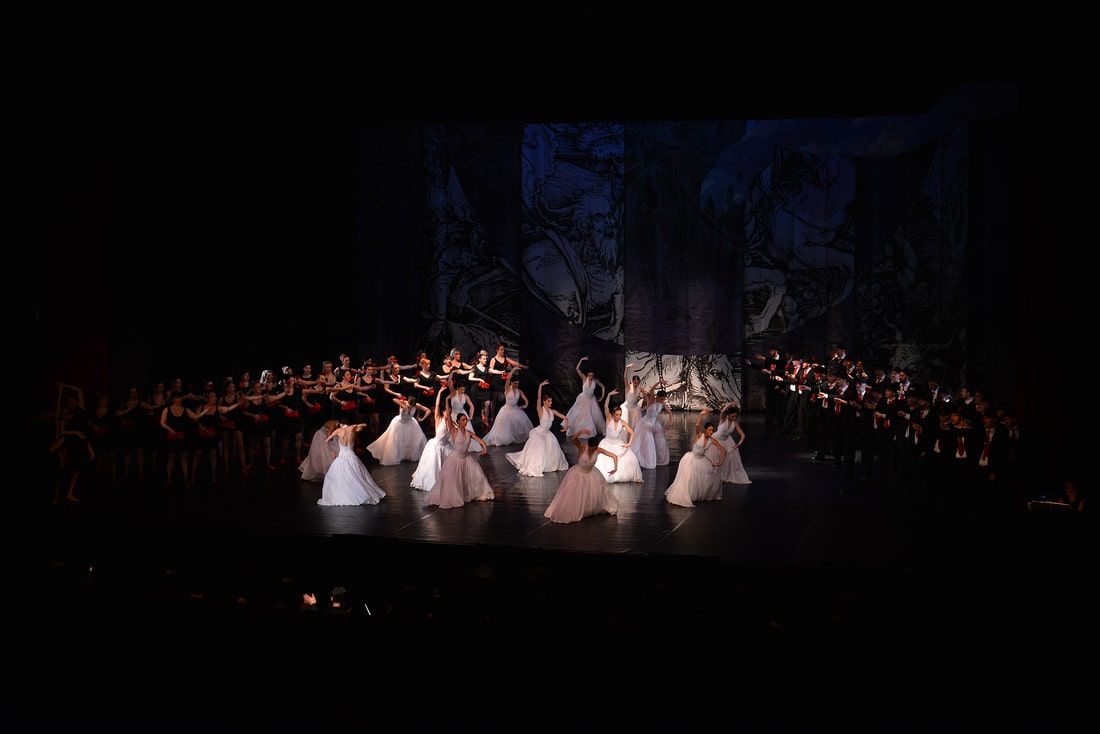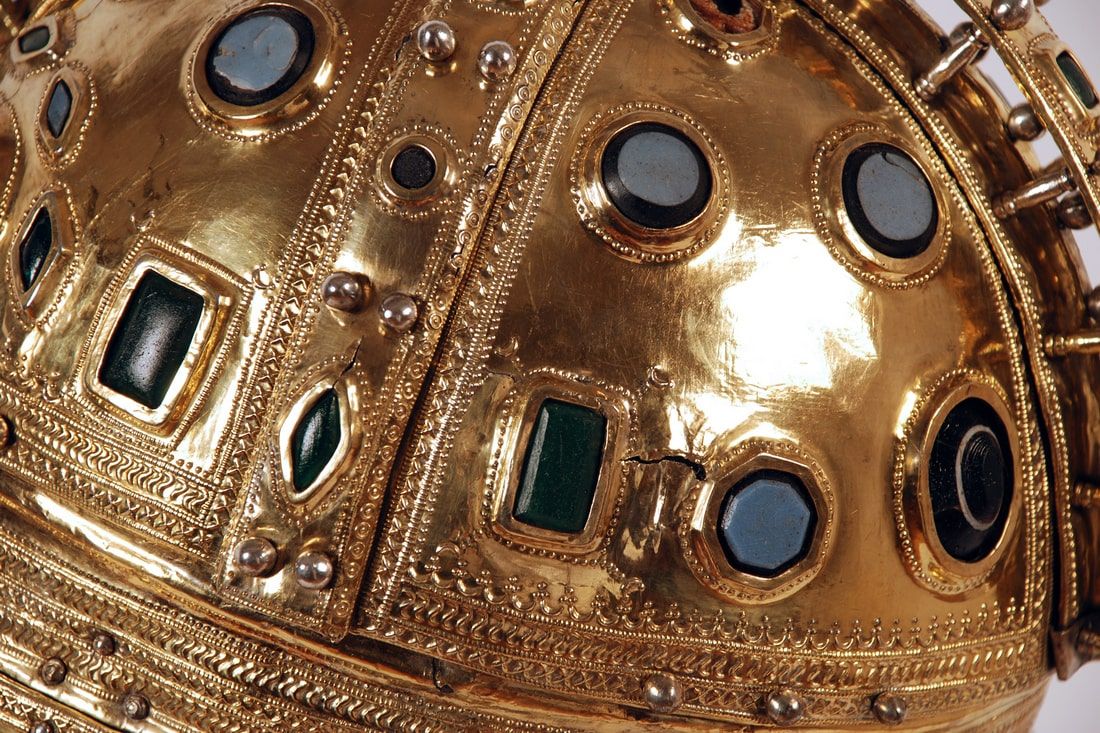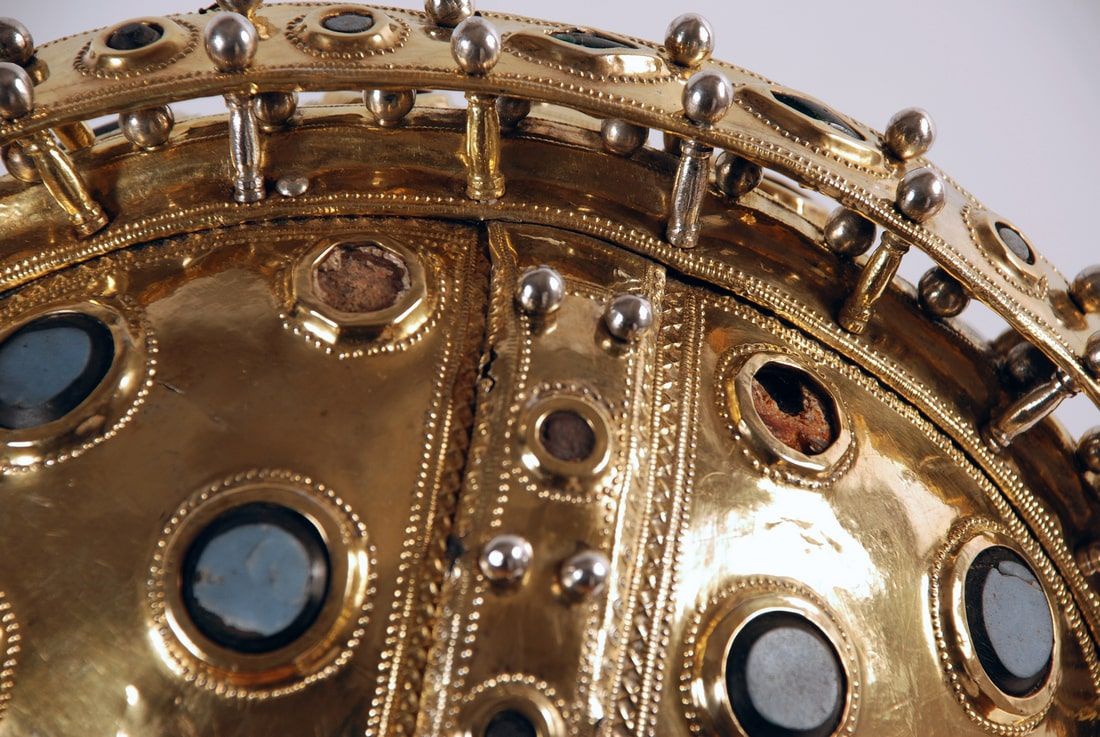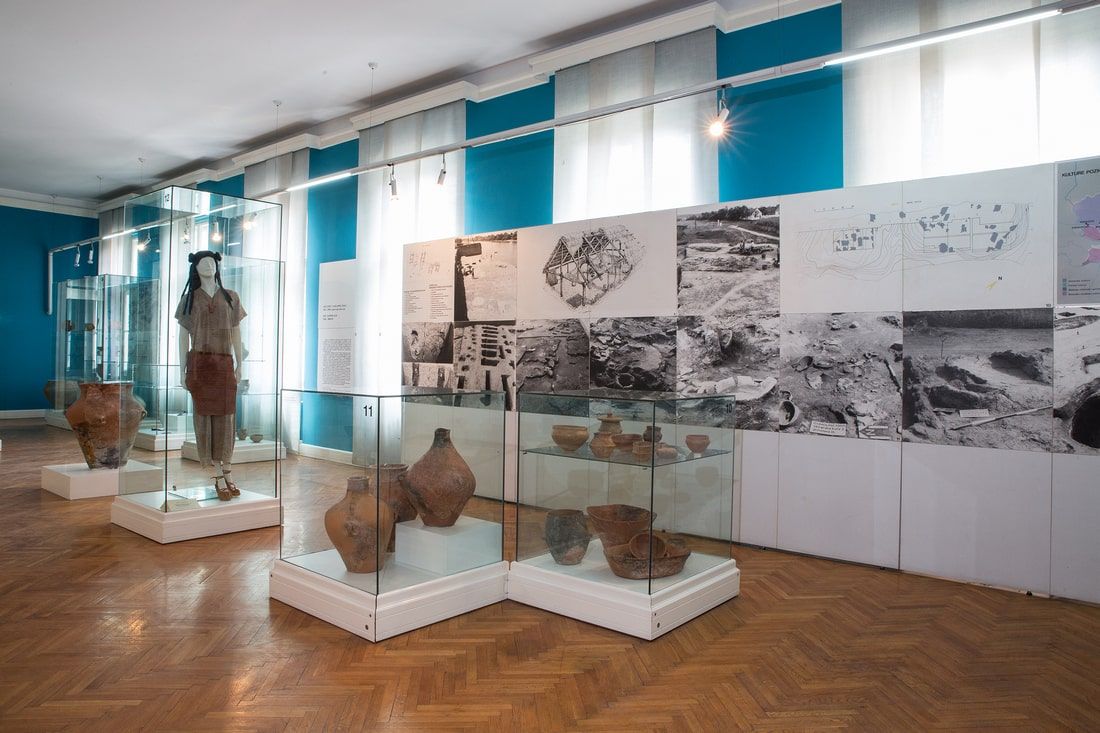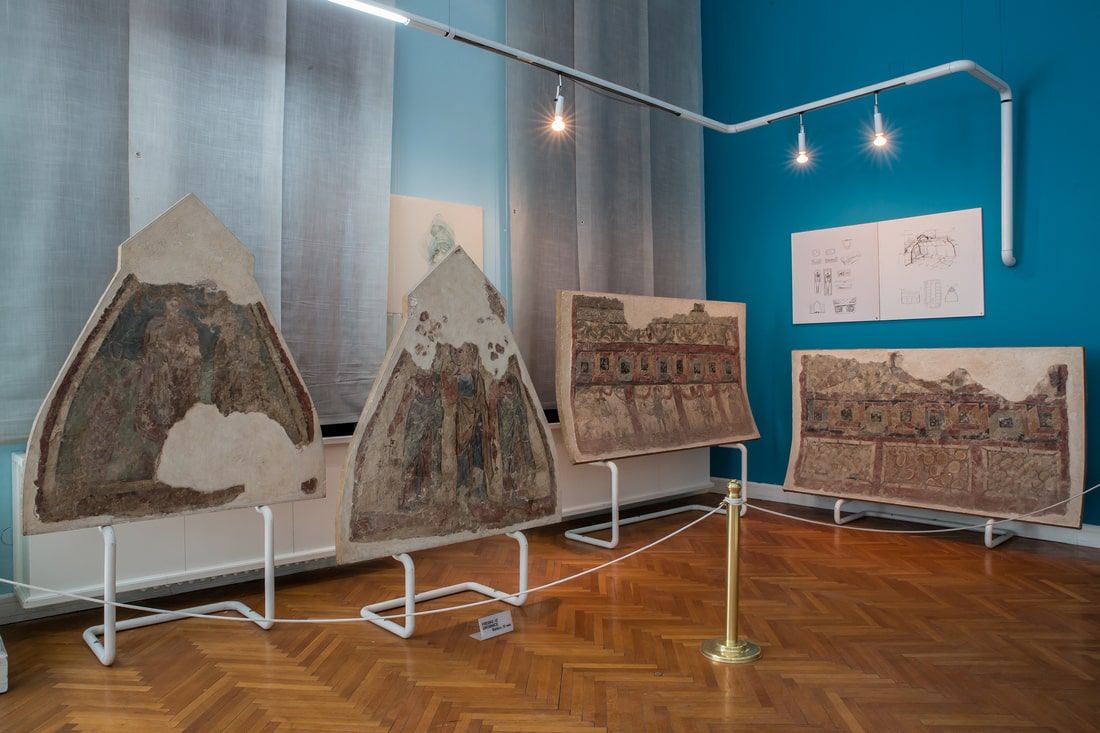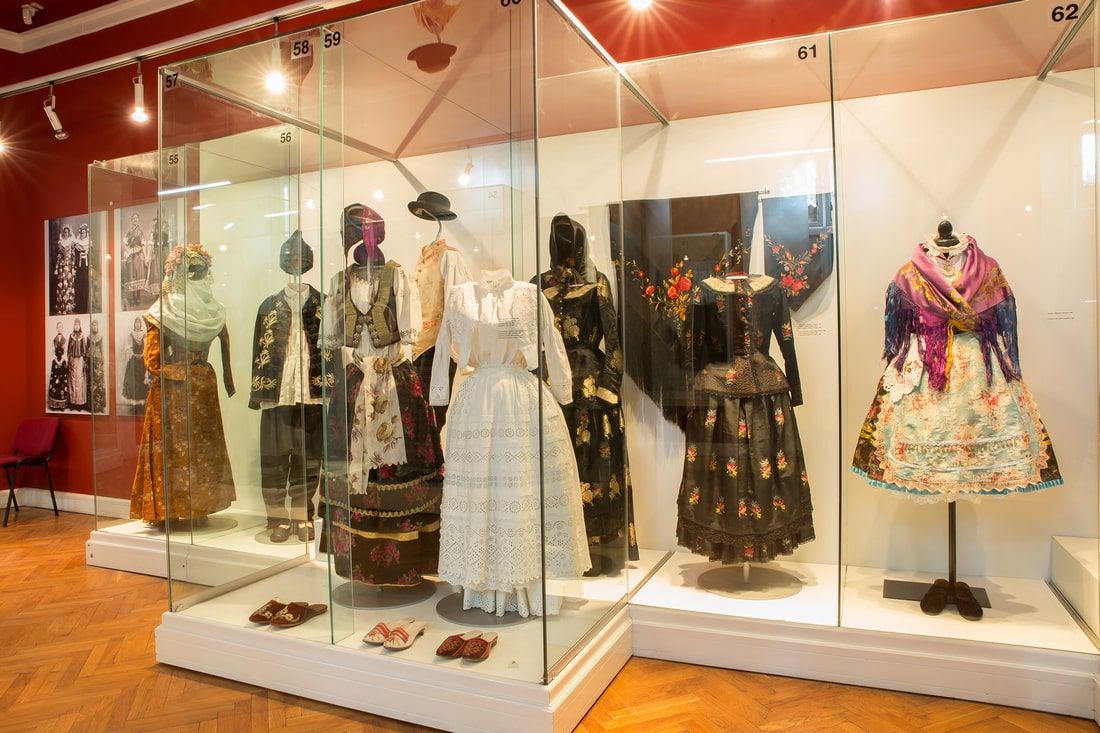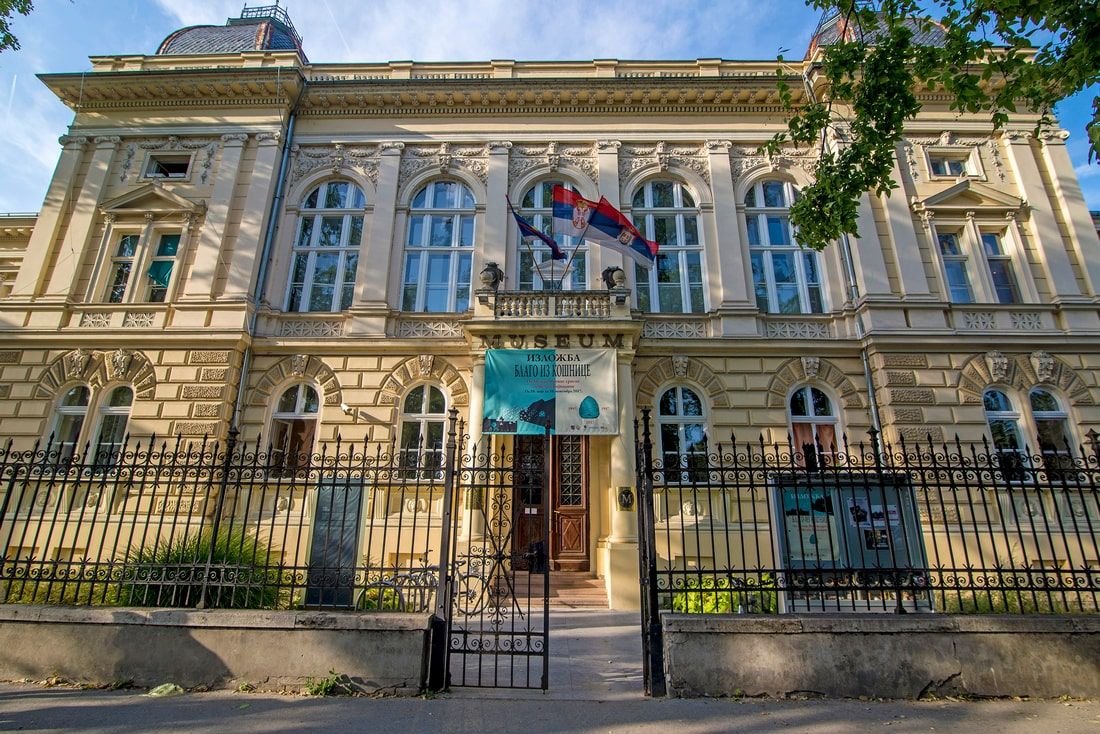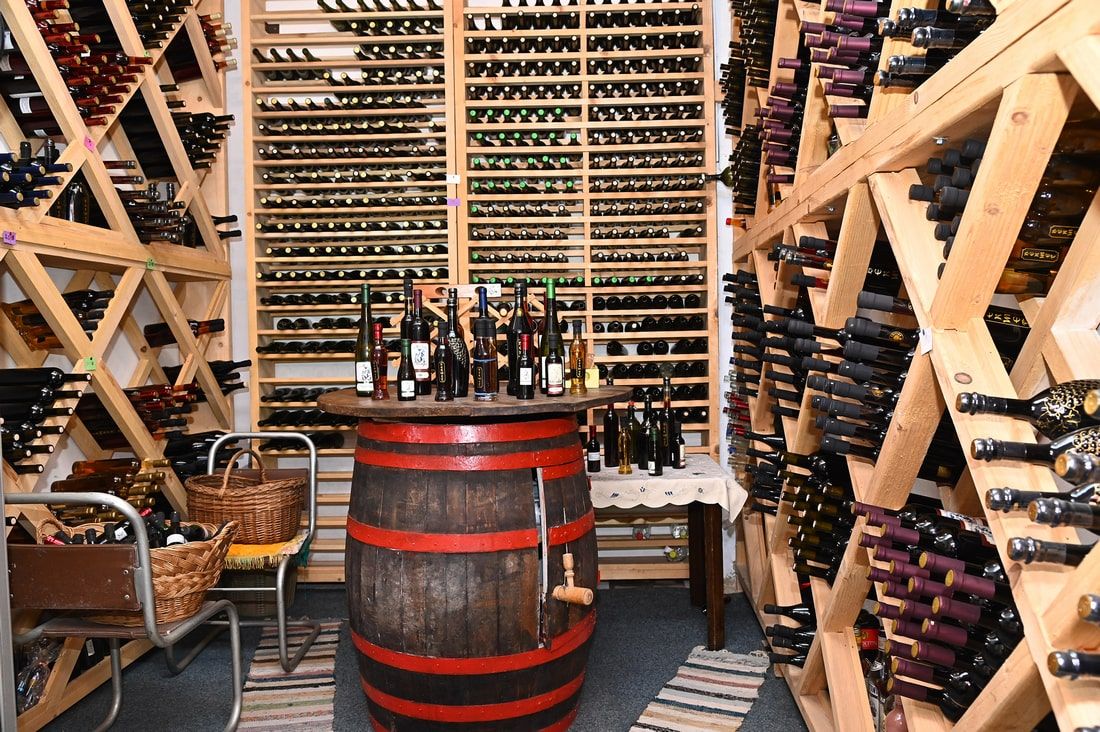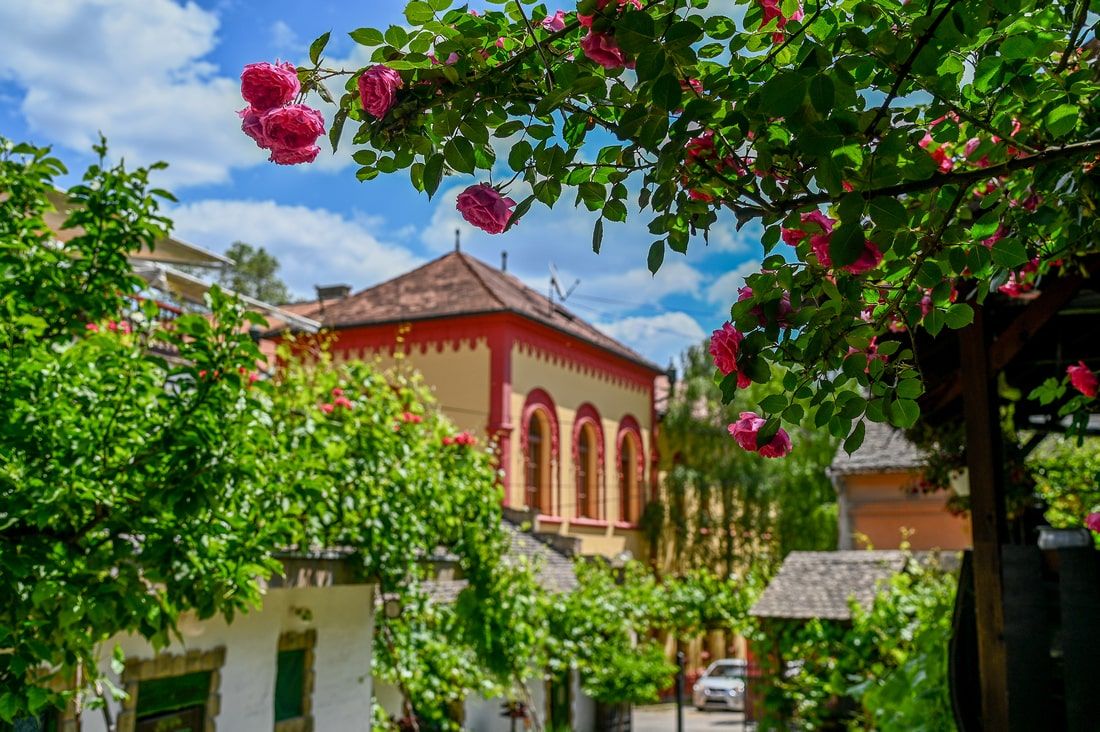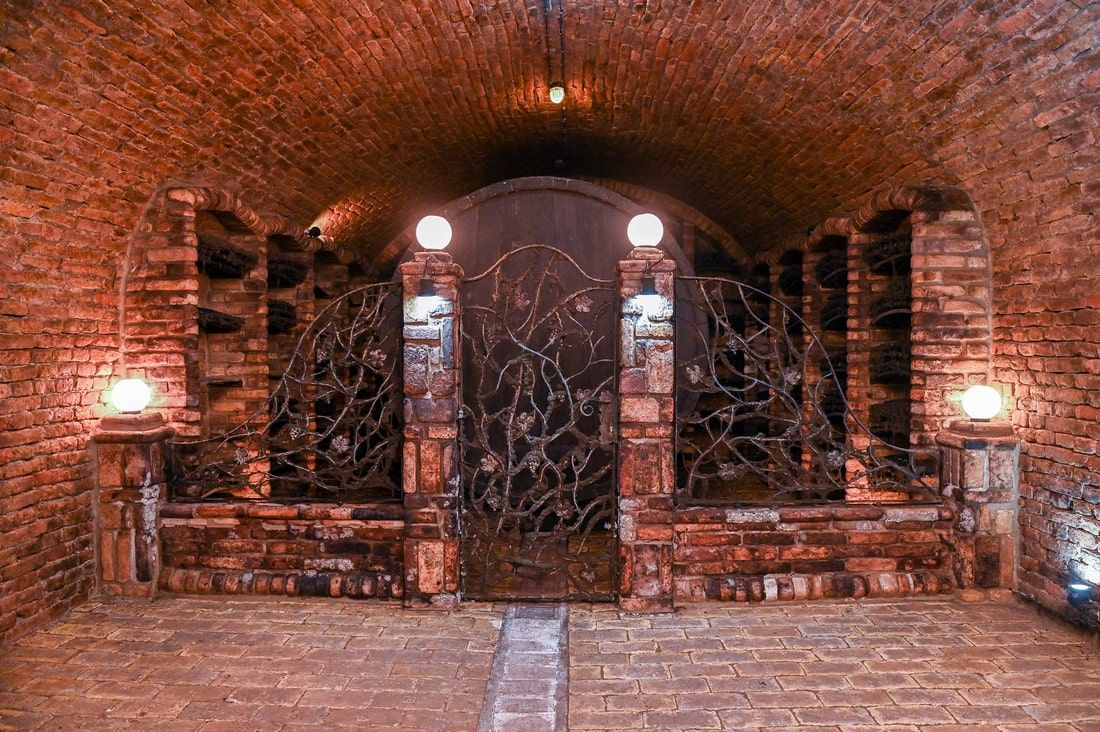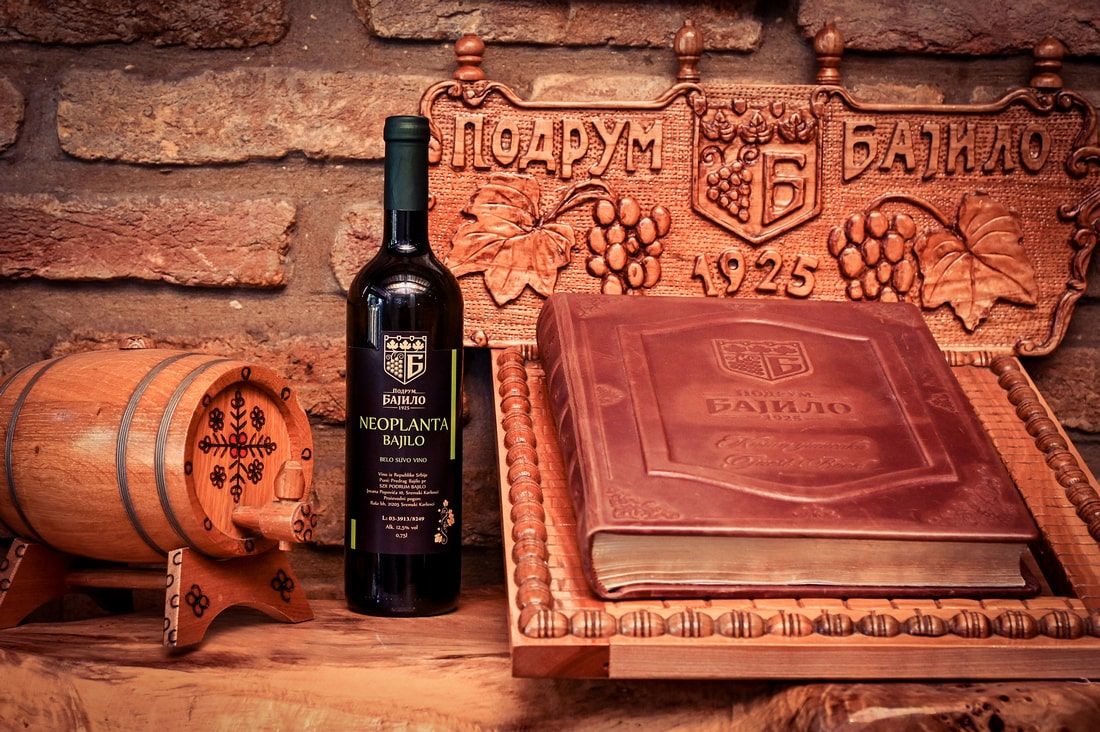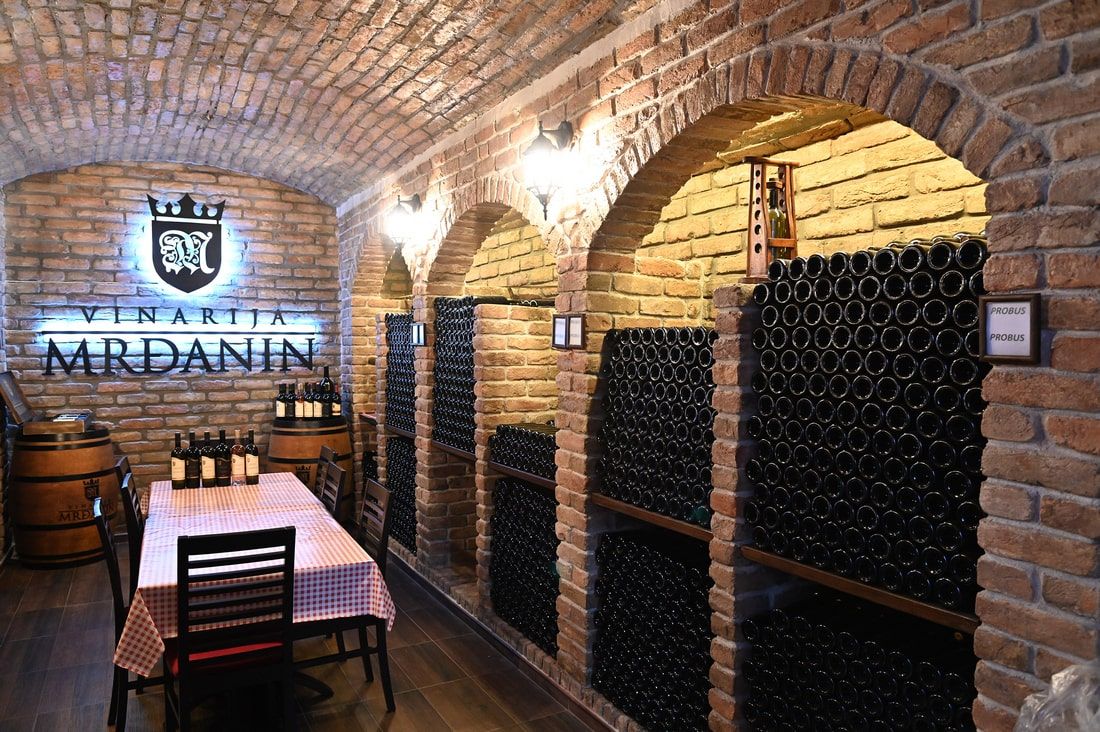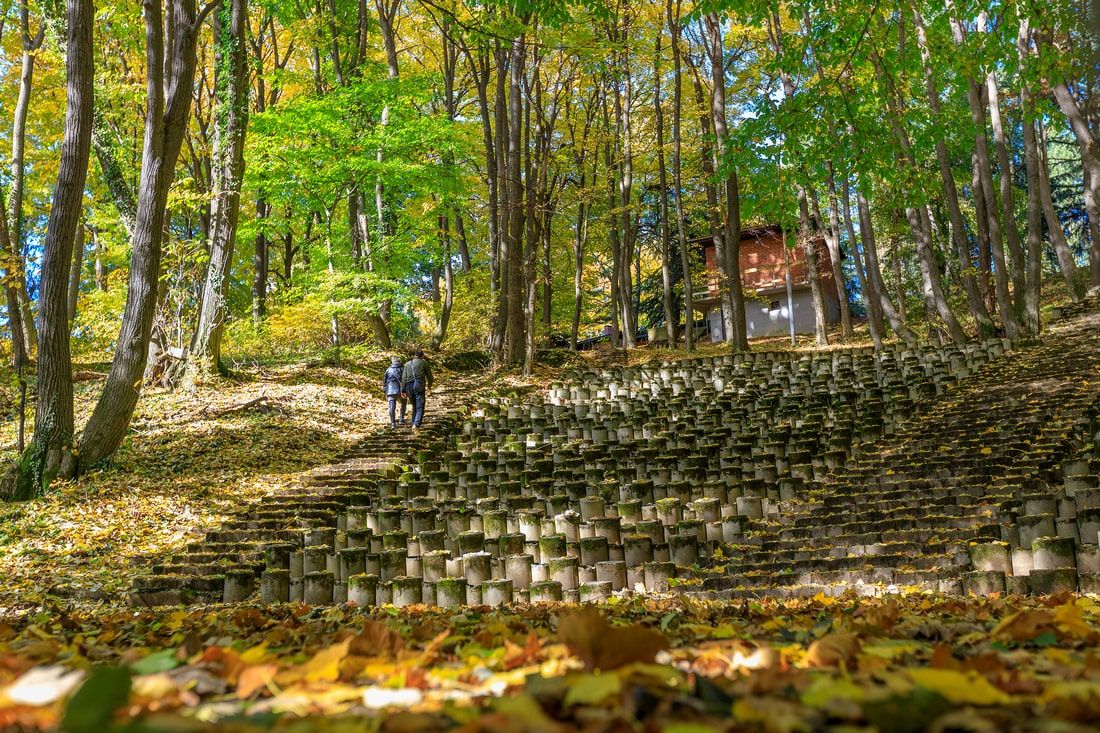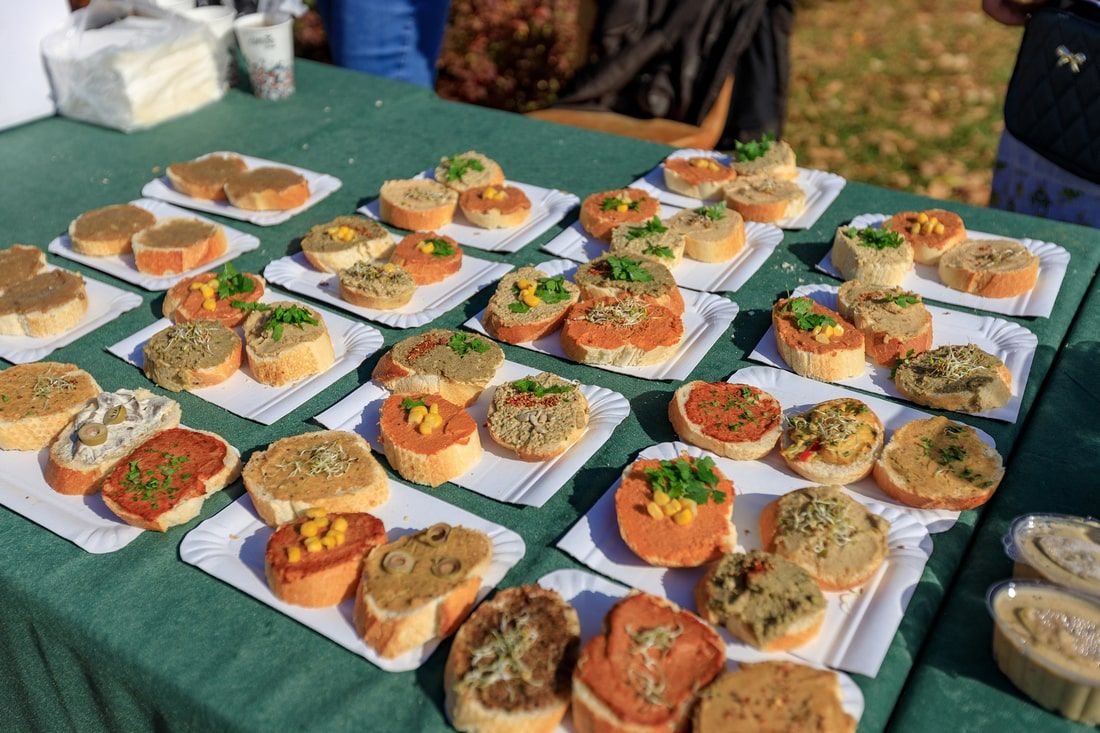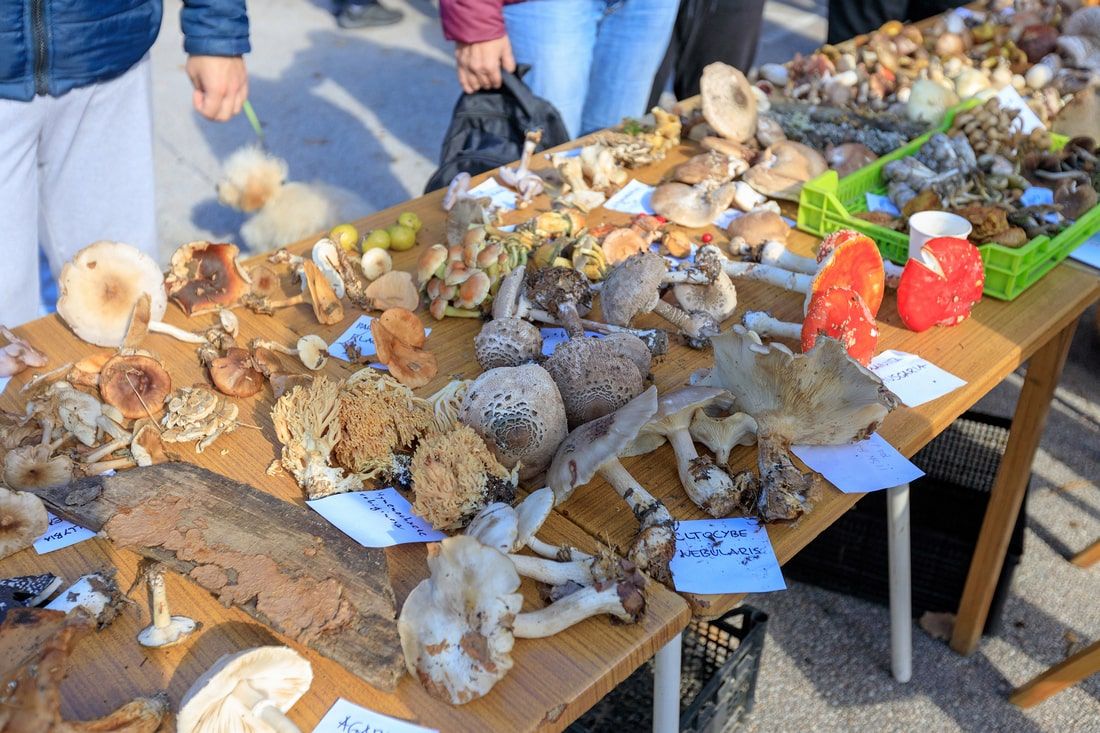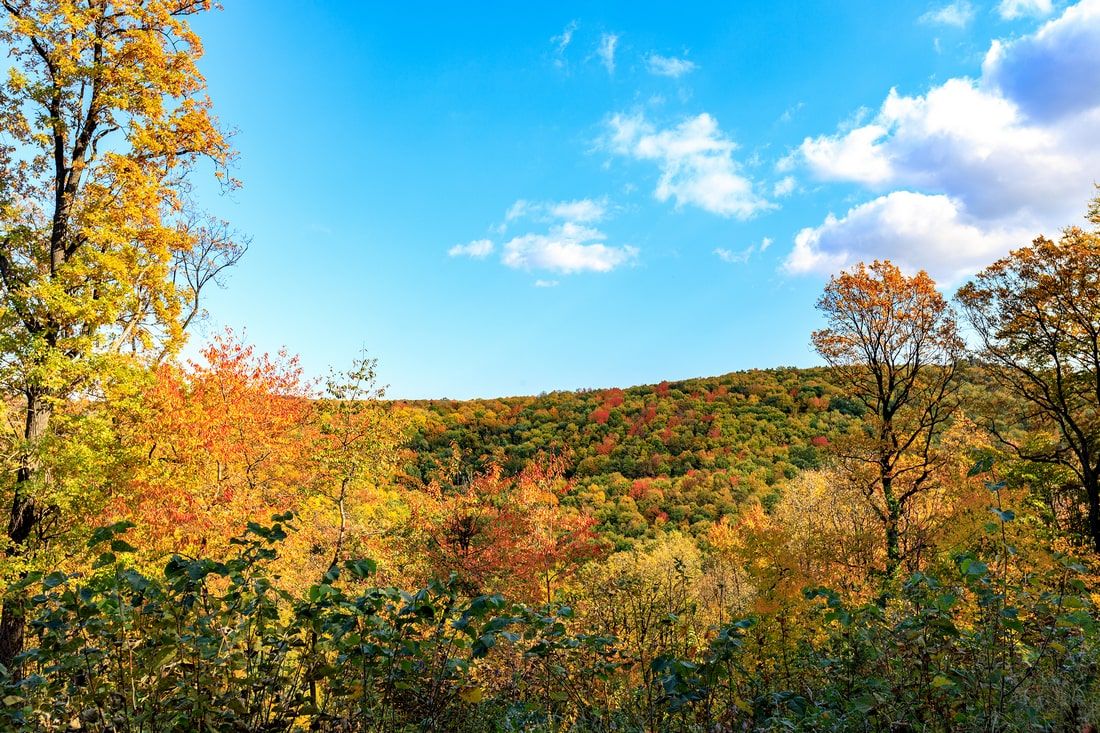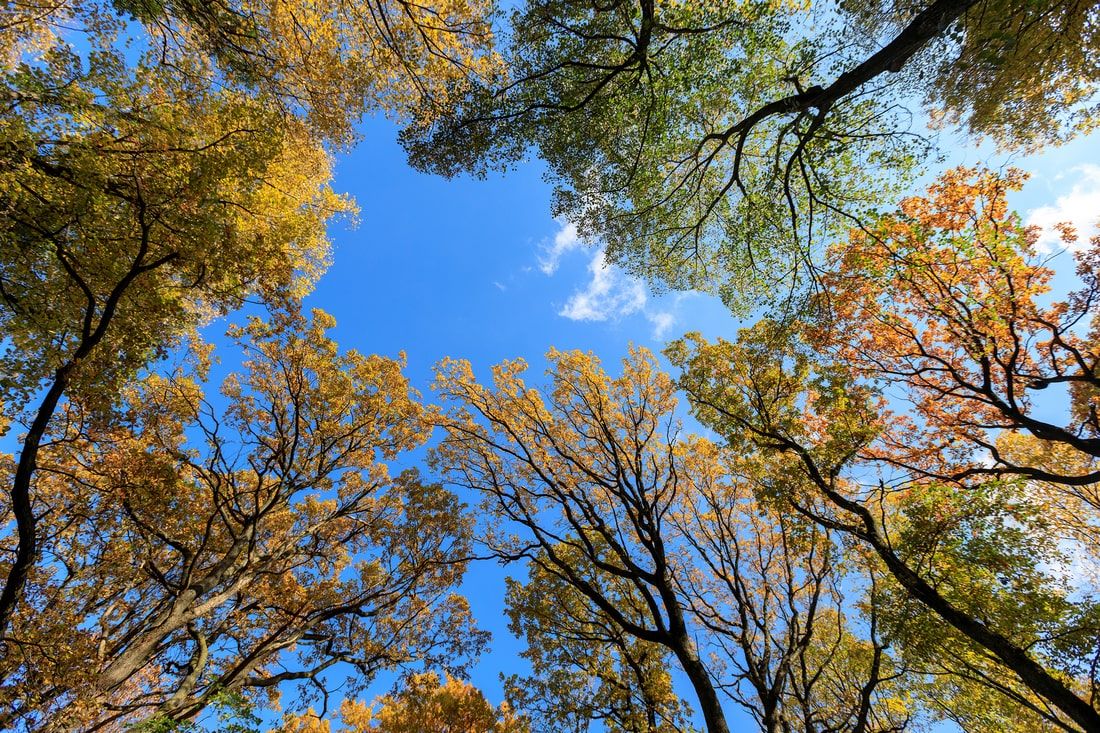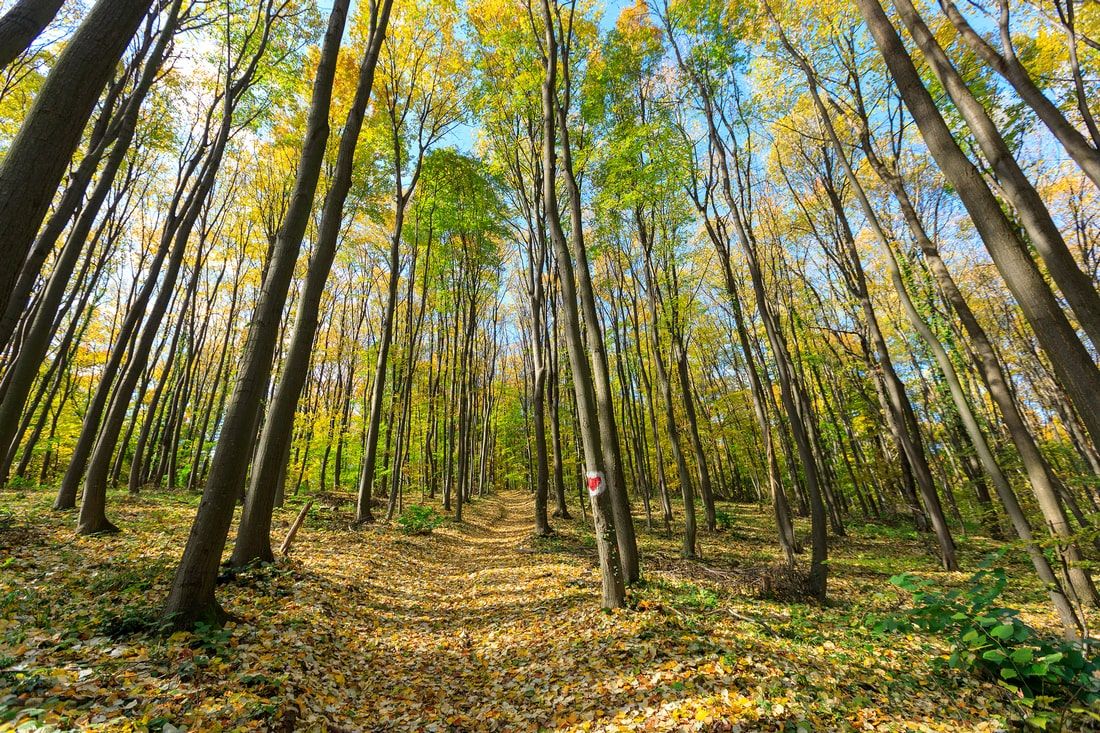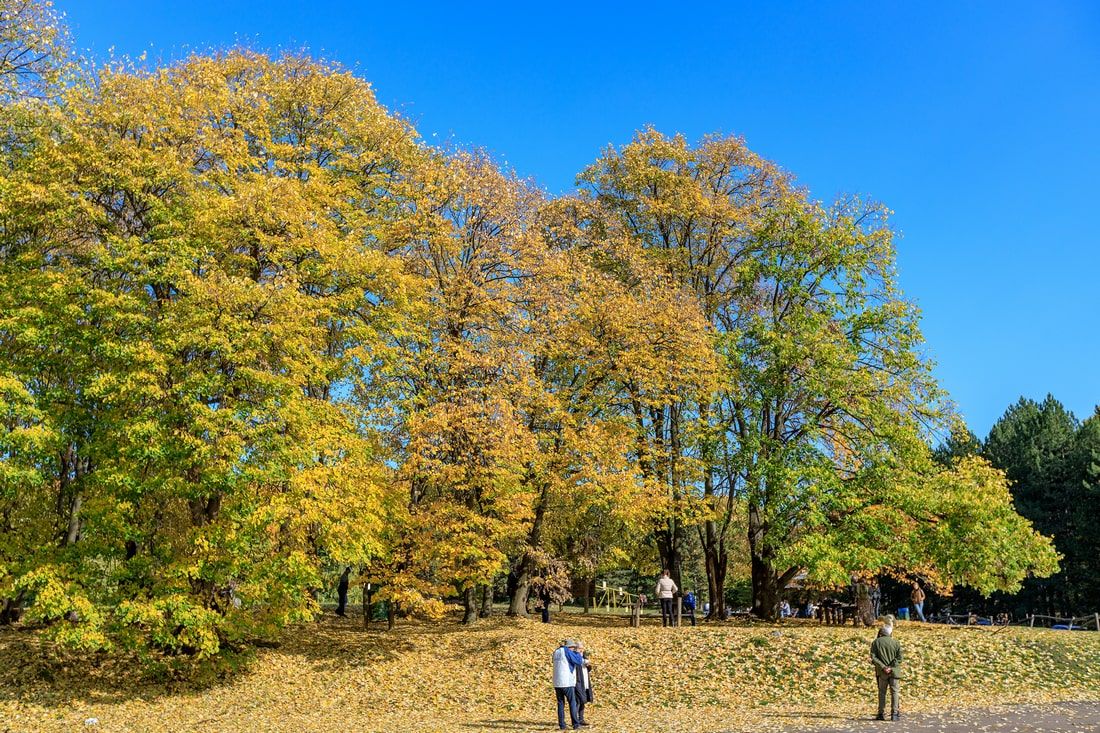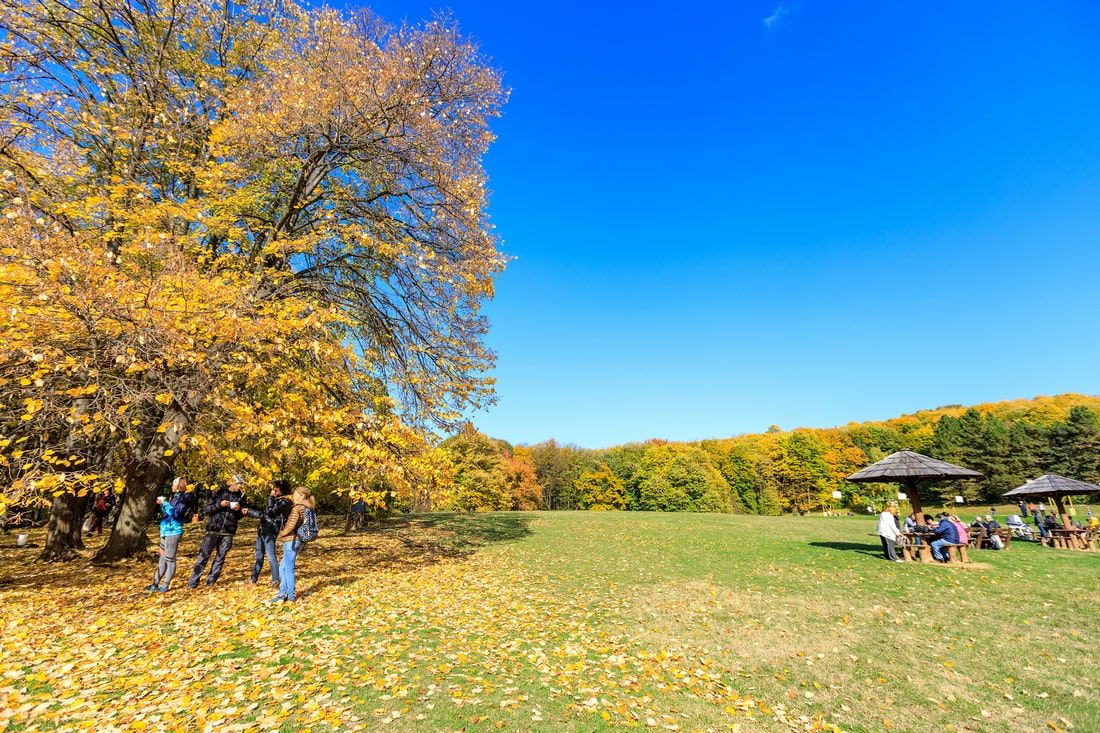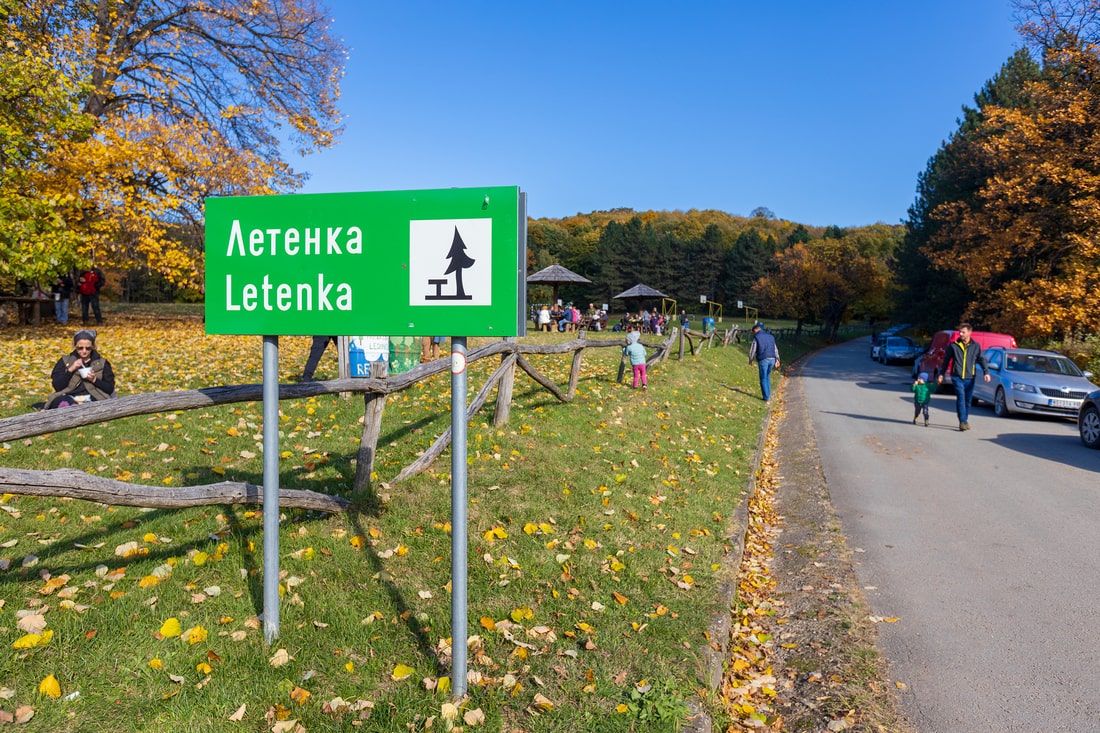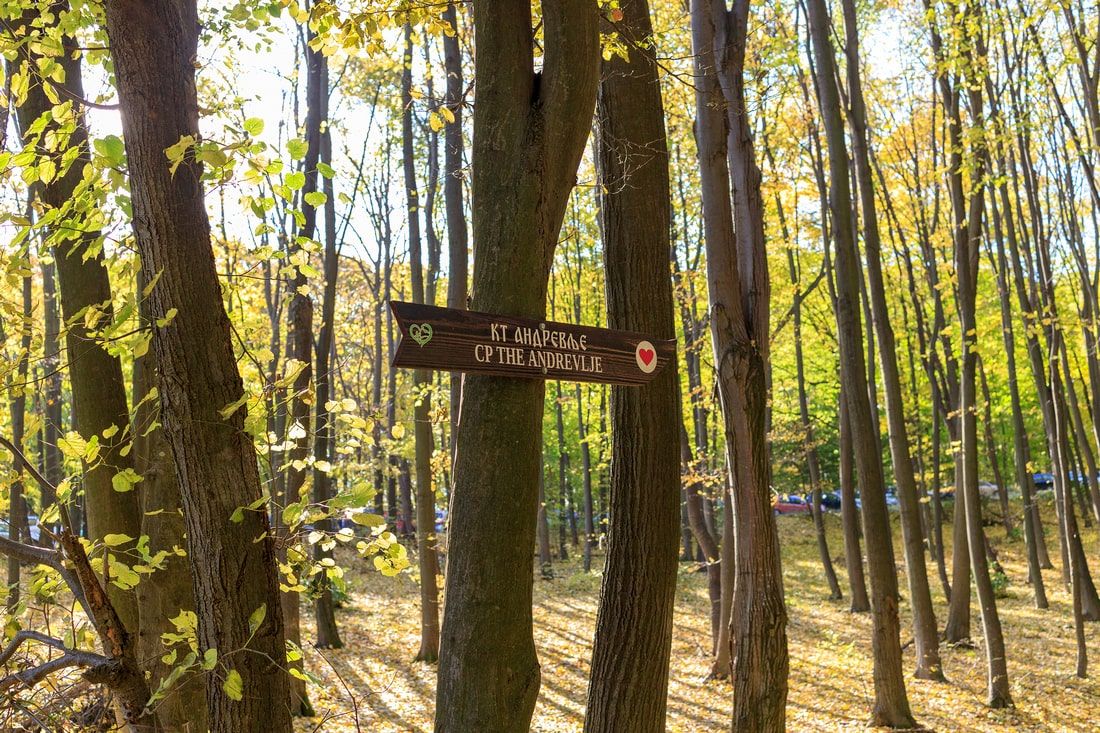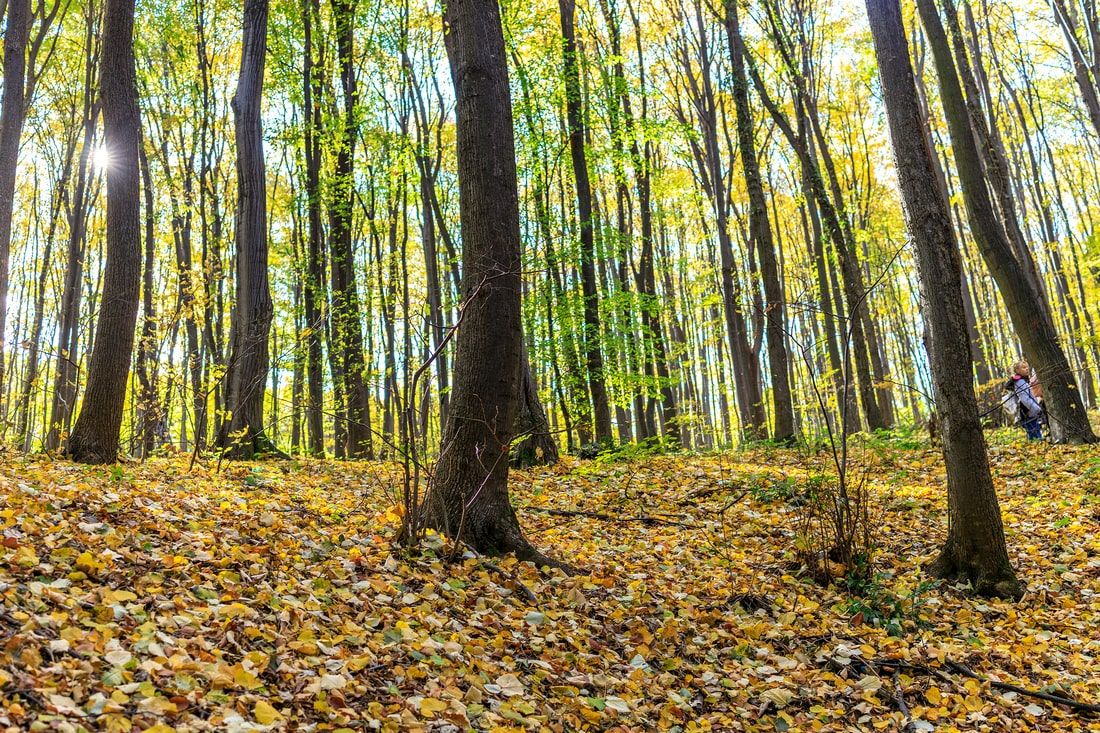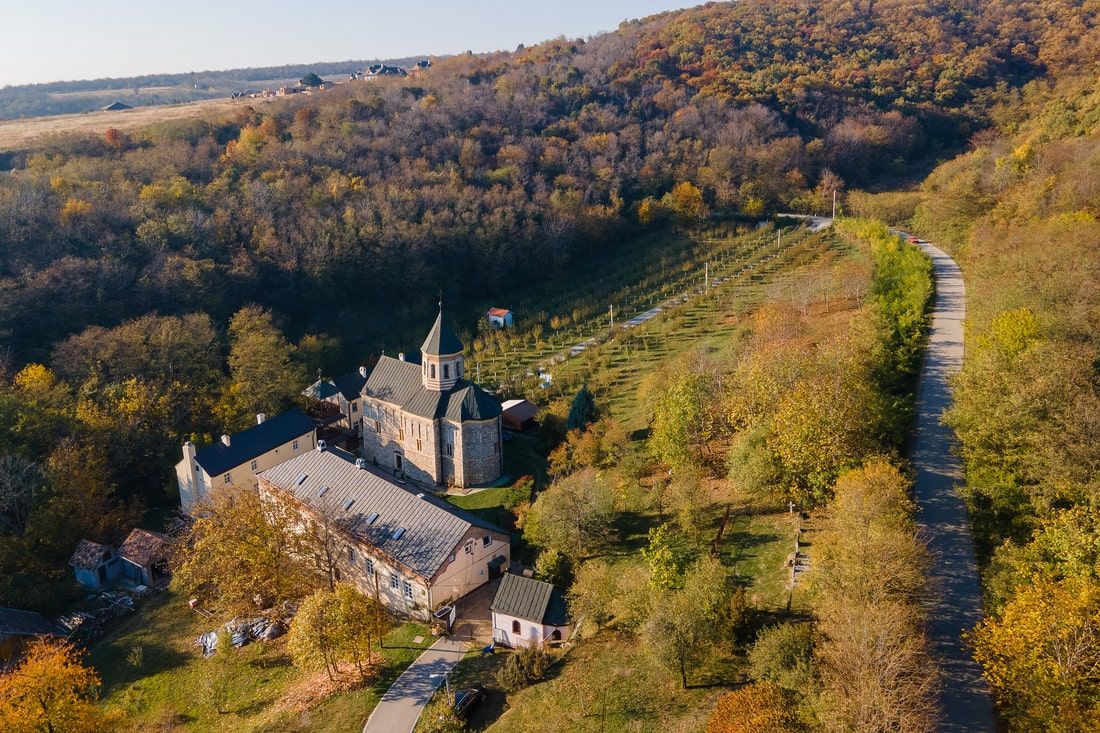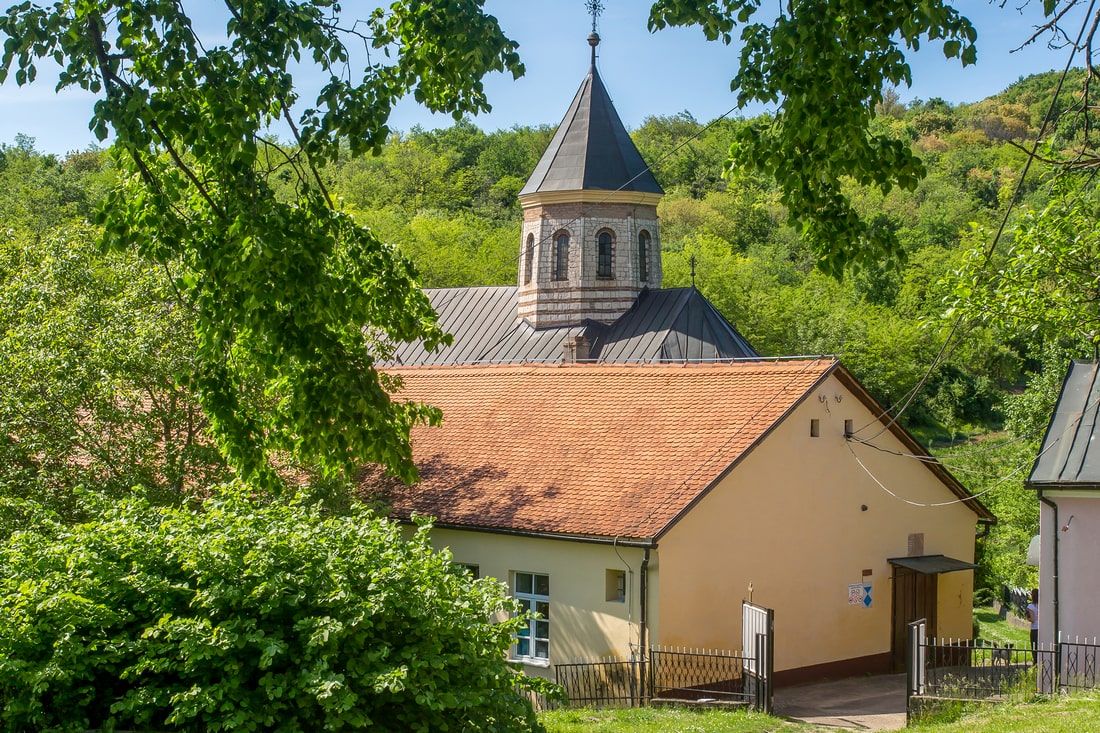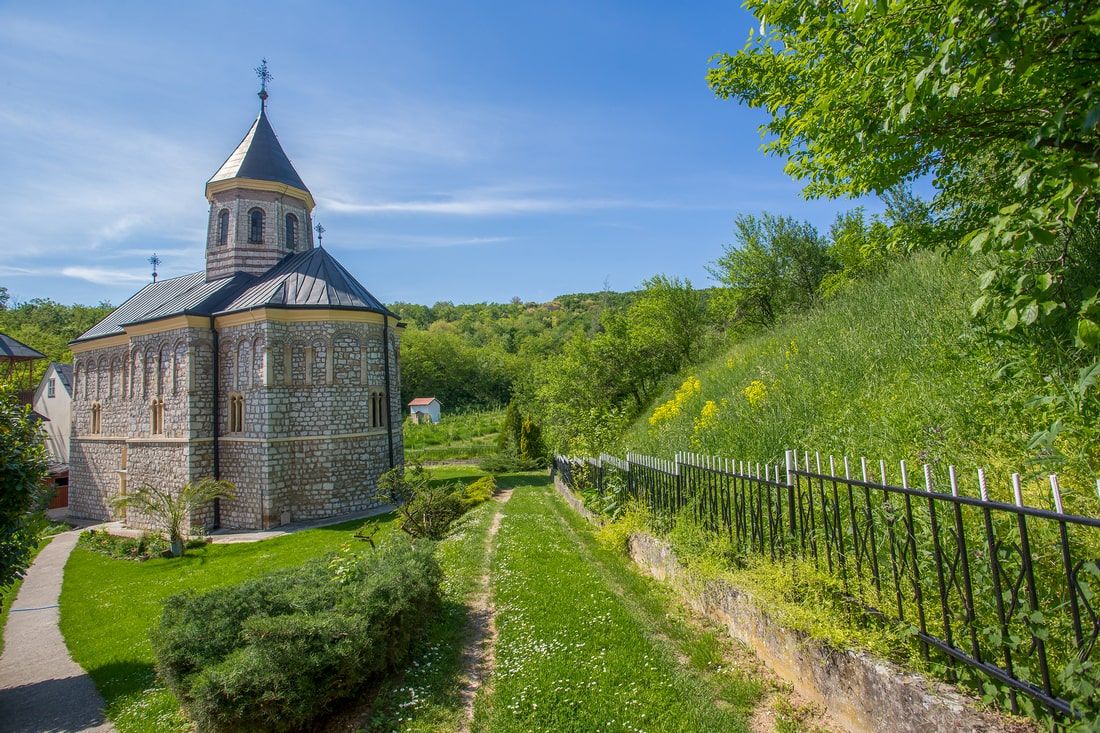52 Weekends - October
Opera and Ballet in Novi Sad
The experience in working with tourists who come to the Tourist Information Centre of the City of Novi Sad has shown that foreigners who stay in the city often choose to spend their evenings at performances of the Opera and Ballet of the Serbian National Theatre (SNP). Music and ballet are universal arts whose language everyone understands. The opera and ballet repertoire of the SNP has shown in recent years that it can be a part of the tourist offer of the city.
This year, the SNP Ballet is celebrating seventy years of existence, and the repertoire will be specially prepared. It will be an opportunity to show that we are proud that ballet has been cherished in Novi Sad for decades – an art form enjoyed by people of all nations, races, classes, ages, men and women. It should be said and shown that the Serbian National Theatre is one of the treasures of Novi Sad (www.snp.org.rs).
Gordana Stojaković
Archaeological and ethnological collection, but first parade helmets
When acquaintances from abroad come to visit us, we usually take them to the Museum of Vojvodina. The common deeds of the population of Vojvodina to contribute to the history of Europe are kept here. It is a proof of the continuity of human traces, myths, history and culture that originate from the territory of Vojvodina, starting from prehistory to modern times. Here we recognize ourselves as those who grew up on the heritage of cultures that developed in the area of Vojvodina, and belong to the heritage of Europe.
We do not miss to visit the extraordinary archaeological exhibition with the guests, take a few photos next to the Roman parade helmets, reminding that the former Sirmium, currently Sremska Mitrovica, was one of the four centres of the Roman Empire. Along with a tour of the ethnological work and the one that represents the anti-fascist struggle of the people of Vojvodina in the central building, we end the tour with a debate on why the view of the historical development of Vojvodina from prehistory to modern times is insufficiently known outside its borders (www.muzejvojvodine.org.rs).
Gordana Stojaković
Sremski Karlovci – Wine Galaxy
Sremski Karlovci is a wine galaxy. In the town whose core you can walk along and across in half an hour of brisk walking, there are about fifteen wineries and wine cellars, to the delight of many wine lovers. History records Sremski Karlovci both for events important for the history, culture and identity of the Serbian people, and through the Karlovci Peace for the history of Europe, as well as for wines that, in addition to fame, brought significant income to the inhabitants.
The golden age of winemaking lasted until before the end of the 19th century, when phylloxera destroyed the vineyards. Until the World War II, the vineyards were erected again, on a significantly smaller area than was the case before the appearance of this plague, and the time of expansion of Sremski Karlovci winemaking is just running again. Sremski Karlovci wine area is recognized for excellent wines from the following assortment of grapes: Italian Riesling, Rhine Riesling, Sila, Chardonnay, Neoplanta, Petra, Pannonia, Tamjanika, Muscat Yellow, Traminer, Sauvignon Blanc, Pinot Blanc, Noir and Gris, Merlot, Cabernet Sauvignon, Cabernet Franc, Frankovka, Vranac, Probus, Portuguiser, etc. Visitors find it most difficult to decide which wineries to come to first.
Today, in addition to the famous Chapel, there are many family wineries in the modern Karlovačkog mira Street: Porodična vinarija MK Kosović (MK Kosović Family Winery), Podrum Probus (Probus Wine Cellar), Podrum Petrović (Petrović Wine Cellar), Vinarija Vinum (Vinum Winery), Vinarija Kiš (Kiš Winery) and Vinarija Dulka (Dulka Winery), and nearby there are Vinarija Kurjak (Kurjak Winery) and Vinarija Mrđanin (Mrđanin Winery). In the central town zone there are: Vinarija Benišek-Veselinović (Benišek-Veselinović Winery), Vinarija Došen (Došen Winery) and Vinarija Bajilo (Bajilo Winery). On the hill above the town, on a slope, surrounded by grapevine stems, there is Vinarija Đurđić (Đurđić Winery). Muzej pčelarstva – Vinska kuća Živanović (Museum of Beekeeping – Wine House Živanović) is a famous place in Karlovci which, in addition to excellent wines and the same kind of honey, preserves traces of history of the development of winemaking and beekeeping among the Serbs.
In honour of wine and winemakers, the Spring Wine Festival Sremski Karlovci (May) and the Karlovci Grape Picking (September) are held here.
You can find more details at the following link: https://novisad.travel/vinski-put-3/
Gordana Stojaković
Autumn colours of Fruška Gora – Letenka
The most beautiful landscapes interspersed with warm shades of yellow and red are an opportunity to visit Fruška Gora picnic sites. Our suggestion for this weekend is Letenka. Letenka picnic site is known as a place where schools in nature and sports camps are organized.
Not far from Letenka, next to Partizanski put, there is a memorial of Lepinjica, dedicated to the partisan Radinka Vitasović Lepinjica. Nearby is the Jabuka picnic site, named after the wild apple tree that grew there, with the memorial complex of the National Liberation War.
Walking through the glades and woods with the sounds of birds, autumn scents and clean air will positively affect your health, restore your positive energy and recharge your batteries. The colourful autumn colours of oak, linden, hornbeam, and wild cherry will make the whole area fairytale-like (www.novisad.travel/fruska-gora).
The meetings of mushroom growers, nature lovers and medicinal herbs are organized by the Mushroom Society of Novi Sad and held at Letenka every year at the end of October.
Gordana Stojaković
Mala Remeta tourist oasis
Mala Remeta, a small village in the Irig municipality, was first known for the monastery of the same name. The legend says that the monastery was built by King Dragutin Nemanjić. It is reliably known that at the end of the 17th century it was restored by the monks of the Rača monastery who came to Srem from the banks of the Drina on the foundations of the previous monastery.
A modern, small monastery church, of harmonious proportions, dedicated to the Shroud of the Holy Mother, was built in the first half of the 18th century. The founder was Stanko Milinković. Art historians have noted that the iconostasis of the church was painted by Janko Halkozović in the middle of the 18th century, and that the wall paintings are the work of Kosta Vanđelović from the beginning of the 20th century. There is a landmark near the monastery that speaks of the death of a partisan fighter, the later national hero, Boško Palkovljević Pinki.
Modern tourists are increasingly deciding to come to Mala Remeta because of the “Deurić” Winery, whose wines have already won over a wide audience. The winery is open for tourist visits, it also organizes wine schools, and everything is spiced with wine tasting, tours of production facilities and a wine cellar.
With the construction of the restaurant with accommodation “Fruškogorska lugarnica” the village of Mala Remeta became a place where you can stay for a few days. Guests have at their disposal the interesting content of stay: Shetland Pony stud farm, carriage ride, horseback riding, hiking along the Fruška Gora trails, adrenaline content (with a prior notice), etc. A few kilometres from „Fruškogorska lugarnica” there are the monasteries Jazak and Ravanica.
Gordana Stojaković

